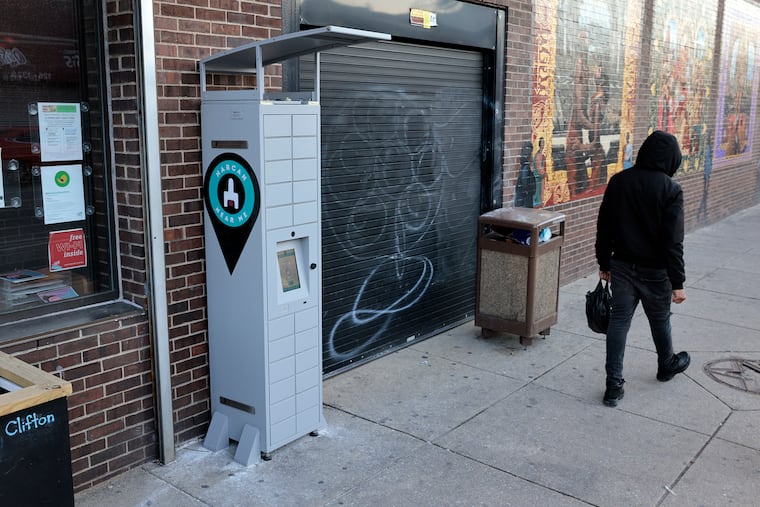Naloxone, the overdose-reversing drug, could soon be available over the counter. Philly experts say it’s a step in the right direction.
“This is public health 101,” said Rosie Frasso, the director of Thomas Jefferson University’s public health program. “You cannot help someone recover from addiction if they’re not alive.”
